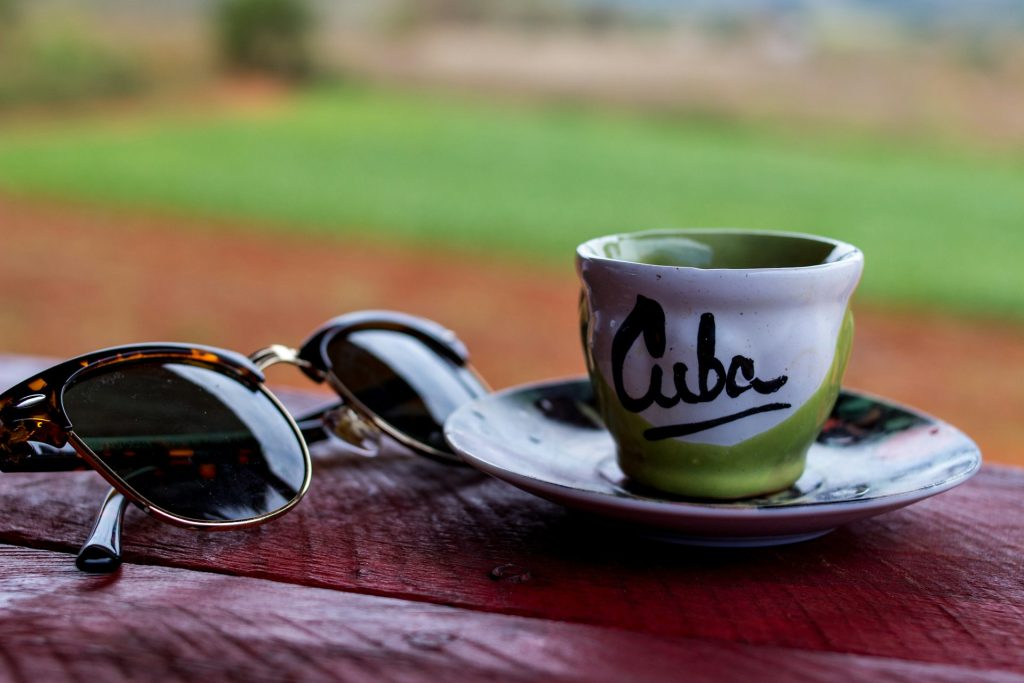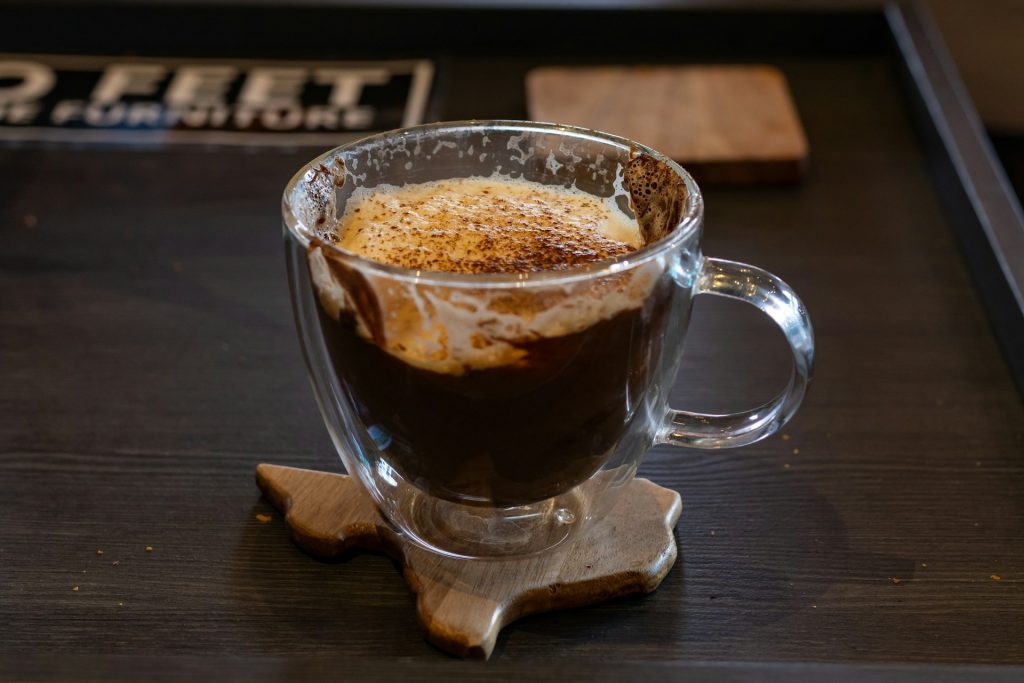Table of Contents
Ever taken a sip of coffee so sweet and bold it felt like a mini-vacation in your kitchen? That’s exactly what a cup of authentic Cuban coffee can deliver. Known for its rich flavor and velvety foam, Cuban coffee isn’t just a drink—it’s a delightful way to energize your day and impress your friends. If you’re ready to bring a taste of Havana into your home, read on.
The Essence of Cuban Coffee
Cuban coffee, often called cafecito or Cuban espresso, packs a punch of flavor in a small cup. It’s traditionally made with dark-roast coffee and a generous scoop of sugar that’s whipped into a sweet foam. In Cuba, it’s not just about the caffeine; it’s about community. Neighbors often share a fresh pot in the afternoon, chatting and laughing while the aroma fills the air.
This social aspect is a big part of what makes Cuban coffee special. It’s not something you chug alone in a hurry. Instead, it’s usually sipped with a friend, served in tiny cups that hold just a few precious sips. Each swallow is bursting with a strong, sugary taste that can jolt even the sleepiest person awake. Bringing this tradition into your own kitchen means inviting a little Cuban warmth into your daily routine.
Gathering the Right Tools

You can’t make Cuban coffee without the proper equipment. While there’s some flexibility, a few staples will help you get the authentic flavor and texture:
- Espresso Maker (Moka Pot or Espresso Machine): Traditional Cuban coffee is brewed using a stovetop espresso maker, also known as a moka pot. If you have an electric espresso machine, that can work too.
- Dark-Roast Coffee Beans: A bold, full-bodied roast is essential. If you can find a Cuban-style brand, even better. Just make sure it’s ground to an espresso-like fineness.
- Sugar: The key to making that famous foam—known as espuma or espumita—is sugar. Some people prefer white sugar, while others might use brown sugar for a deeper sweetness.
- A Small Container or Cup for the Foam: You’ll need to whip the first drops of coffee with sugar to create that velvety top layer.
If you’re new to stovetop espresso makers, don’t worry. They’re simple to use and often come with instructions. You’ll fill the bottom chamber with water, place the coffee grounds in the filter basket, and screw on the top. Once it’s heated on the stove, coffee is forced up through the grounds to fill the top chamber with a strong brew. That’s your signal to get started on the fun part: the sugar foam.
The Magic of Espumita
Espumita, or the fluffy layer of sweet foam, is what separates Cuban coffee from other espressos. It’s made by taking the first few drops of brewed coffee and vigorously mixing them with sugar until it forms a creamy paste. This sweet, frothy mixture is then added back into the rest of the coffee, giving each cup that signature taste and texture.
Why the first drops of coffee? Because they’re the most concentrated, carrying the richest oils and flavors. Mixing them with sugar creates a thick consistency that you can’t get by simply stirring sugar into a regular cup of espresso. It’s a quick step that defines the entire Cuban coffee experience, transforming a simple cup into something indulgent and unforgettable.
Step-by-Step: Brewing and Foaming
- Brew the Coffee
Fill the bottom chamber of your moka pot with water up to the valve. Insert the filter basket, add your finely ground dark-roast coffee (but don’t pack it too tight), then screw on the top. Place it on the stove at medium heat. In just a few minutes, you’ll hear a gurgling sound, indicating the coffee is flowing into the upper chamber. - Gather the First Drops
As soon as the first trickle of coffee appears in the upper chamber, remove the pot from the heat briefly. Quickly take a tablespoon or two of this concentrated liquid and set it aside in a small cup or bowl. Put the moka pot back on the heat to finish brewing, but watch it closely so it doesn’t overflow or burn. - Whip Up the Sugar
Decide how sweet you want your coffee. A common ratio is about one to two teaspoons of sugar per serving, but you can adjust based on your preference. Place the sugar in your small cup or bowl, then pour in the reserved coffee. Stir or whisk quickly until it becomes a frothy, caramel-colored paste. This can take 30 seconds to a minute. - Combine and Serve
When the coffee in the moka pot finishes brewing, turn off the heat and carefully open the top. Spoon your whipped sugar mixture (the espumita) into a larger serving container or back into the top of the pot, and stir it gently. Distribute this sweet concoction into small cups—traditional Cuban coffee cups are similar in size to espresso cups—and serve immediately.
It might take a couple of tries to nail the perfect foam or sweetness level, but once you do, you’ll see how this small extra step elevates your brew.
Secrets to Getting It Just Right

Fresh Beans: Stale coffee means dull flavors. Whether you’re buying pre-ground or grinding your own beans, aim for freshness.
- Mind the Heat: Brewing Cuban coffee calls for a patient approach. Medium heat usually works best. Too high, and you risk scorching your brew; too low, and it might never fully extract.
- Play with Sugar: Some folks like it really sweet, while others only use a little. Experiment to find your personal sweet spot. Just remember, sugar is a key part of the classic Cuban taste.
- Practice Makes Perfect: Don’t be discouraged if you don’t get a thick foam the first time. Whipping technique and timing matter, and you’ll improve as you go.
Making Cuban coffee is partly a science but mostly an art. Each household in Cuba does it slightly differently, handing down small tricks across generations. That’s why you might find subtle variations from one family’s brew to another. Embrace the learning curve, and soon you’ll have your own signature style.
Serving It Cuban-Style
In Cuba, coffee is a social event. You rarely drink it alone, especially if guests are around. It’s common to brew a pot and then offer small cups to friends, neighbors, or even a passing stranger. The portion size is small because the coffee is so intense, but people often enjoy multiple rounds of conversation (and extra pours) if the gathering goes on.
You can recreate that same spirit at home by inviting friends or family to sample your creation. Serve it with small glasses of water on the side, allowing everyone to cleanse their palate if the coffee proves too sweet or strong. Some families also offer a plate of crackers or sweet pastries, balancing the coffee’s bold taste with a light snack.
Brewing Memories, One Cup at a Time
Cuban coffee stands out for its boldness, both in flavor and in spirit. The secret foam, the social aspect, and the stories behind every sip make it a drink worth celebrating. If you can master the basics, you’ll have a mini-vacation in every cup—perfect for brightening any day. So go ahead, gather your beans, prep that sugar, and get ready to brew something that’s as much about companionship as it is about taste. After all, sometimes the simplest moments—like sharing a small cup of coffee—can become the sweetest memories.

I’m Audrey, a dedicated mother of teenagers with an insatiable love for coffee. On BeanBrewLove.com, I intertwine my need for caffeine with reflections on life. Whether expressing a nostalgic sentiment or injecting a hint of sarcasm, my blog is a reservoir of coffee culture, brewing techniques, and global coffee reviews.




